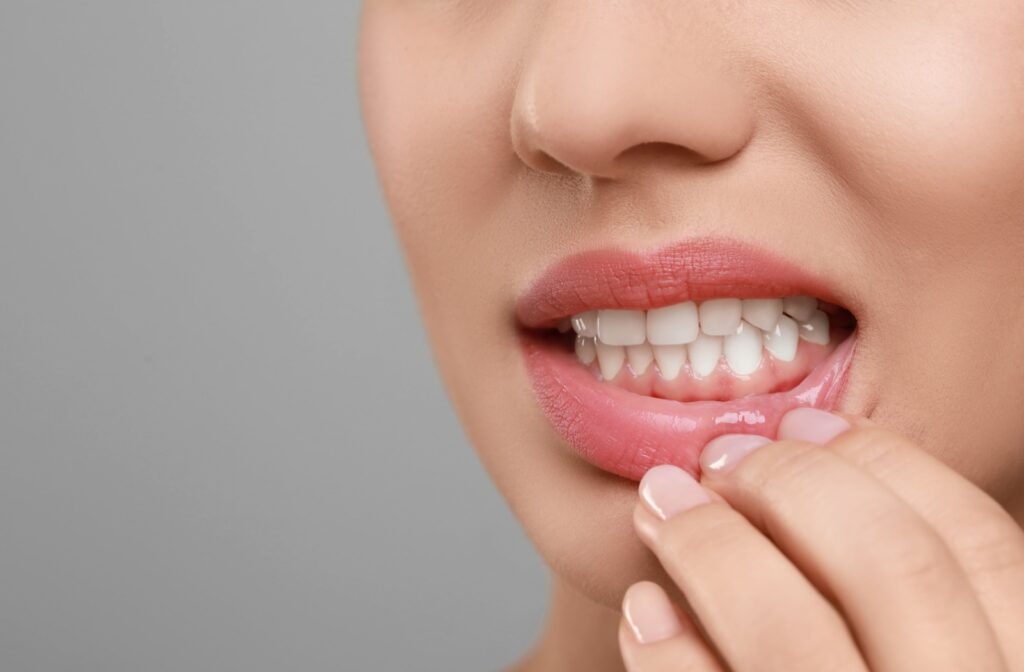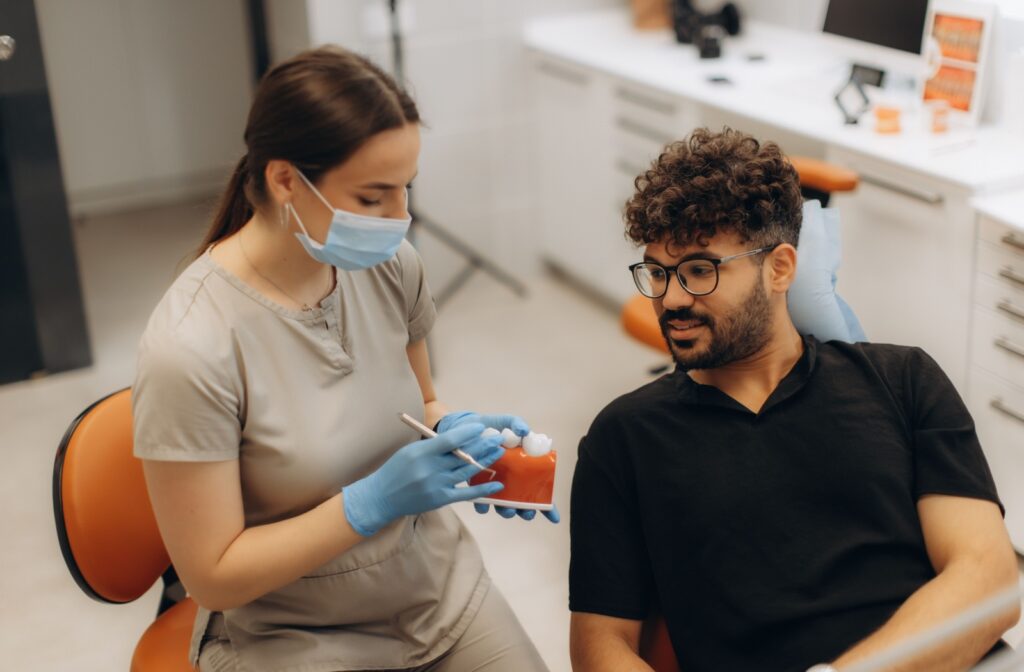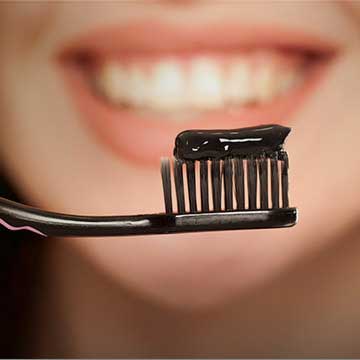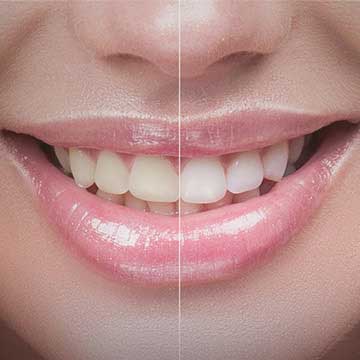A dental bridge is a common way to replace one or more missing teeth. However, while bridges are built to be durable, they don’t last forever. Our restorative dentistry services can help if you need a bridge or if your existing bridge may need replacement.
Fortunately, dental bridges can be replaced. Depending on the situation, sometimes they can even be repaired. Addressing issues early helps maintain your oral health and ensures your bridge continues to function as it should.
How Long You Can Expect a Dental Bridge to Last
Most dental bridges last between five and 15 years. The lifespan of your bridge often depends on a combination of the health of the supporting teeth and your own oral hygiene habits. With proper care and regular dental check-ups, it’s possible for a bridge to serve you well for many years.
Your daily routine plays a large role in how long your bridge remains in good condition. Taking care of the teeth that anchor the bridge is just as important as caring for the bridge itself, as a strong foundation helps your bridge last longer.
Signs Your Dental Bridge Needs Attention
At some point, you may notice changes that suggest it’s time to have your dental bridge looked at. If you experience any of the following, it’s a good idea to schedule a visit with your dentist. Timely attention can often prevent more complex issues from developing.
- The bridge feels loose or wobbly
- You feel pain or discomfort when you chew
- You can see visible chips or cracks in the material
- Your bite feels different or uneven
- The teeth or gums around the bridge are sore
Common Reasons for Bridge Repair & Replacement
Several factors can lead to a dental bridge needing to be fixed or replaced. These issues can affect the bridge itself, the supporting teeth, or your overall oral health.
Damage to the Bridge Itself
Just like natural teeth, the materials in a dental bridge can be damaged. Chewing on hard foods like ice or hard candies can cause the porcelain to chip or crack. This kind of damage may require a repair or a full replacement to restore its function.
Trouble with Abutment Teeth
A bridge is supported by the natural teeth on either side of the gap, called abutment teeth. If one of these teeth develops a cavity or becomes unstable, the entire bridge loses its support. The bridge may need to be removed to treat the tooth properly.
Changes in Your Gums or Bite
Gum disease can cause your gums to recede, which might expose the base of the bridge or the supporting teeth. This can affect the fit and stability of the bridge. Over time, your other teeth might shift, changing your bite and putting awkward pressure on the bridge.

The Process for Bridge Repair & Replacement
When you visit your dentist for a problem with your dental bridge, they can determine the right course of action. The solution depends on the type and extent of the issue. Your comfort and long-term oral health are always the main focus.
Can a Bridge Be Removed & Put Back On?
If your bridge is simply loose but is otherwise in good shape, your dentist might be able to remove it, clean the area, and recement it securely. This is a straightforward fix for a bridge that has lost its bond but isn’t damaged.
When You Need a Full Replacement
A full replacement is often necessary if there is significant damage to the bridge or the supporting teeth. For example, if an abutment tooth has a large cavity, the tooth will need treatment first. After that, a new bridge will need to be created to fit correctly.
Benefits of a New Bridge
Replacing an old or damaged bridge offers a chance to use modern dental materials. A new bridge can provide a comfortable fit, improved appearance, and renewed function for your smile, often by using new dental crowns as anchors. It’s an opportunity to restore your bite and confidence.
How to Care for Your Dental Bridge
Whether your bridge is new or several years old, good care is the key to making it last. A consistent routine helps protect the bridge and the natural teeth that support it. These simple habits can make a big difference.
Daily Oral Hygiene Habits
It’s important to keep your bridge and the surrounding teeth clean to prevent plaque buildup and decay. A clean mouth is a healthy mouth, and a healthy mouth protects your dental work. Here are a couple of key steps for your daily routine.
- Brush your teeth twice a day with a fluoride toothpaste.
- Floss daily, paying special attention to the area underneath the bridge. A floss threader or other cleaning aids can help you get the floss into this hard-to-reach space.
The Role of Regular Dental Visits
Regular check-ups allow your dentist to examine your bridge and the health of your supporting teeth and gums. We can spot small problems before they become bigger issues, helping to extend the life of your bridgework. These visits are an important part of your overall oral health plan. Maintaining oral health in between cleanings is just as important as regular visits to your dentist. Our team at Otara Dental is here to help you explore your options and keep your smile healthy, so contact us today to schedule a visit.









